Discover Bonifacio from the water!

Bordered by the Tyrrhenian Sea to the east and the Mediterranean Sea to the west, the city of Bonifacio dominates the southernmost tip of the Isle of Beauty from its limestone cliffs. As if poised in balance, more than 70m above sea level, this fortress town can be explored on foot, but its splendour can be admired entirely from the Mediterranean... in a kayak or from the deck of a boat.
Ever since it was built in 833, the city of Bonifacio has towered over the very south of Corsica... looking out over the Mediterranean Sea towards Sardinia, 12km to the south. This fortified town, the oldest on the Isle of Beauty, has since become the southernmost French commune in mainland France. Renowned for its medieval architecture, its 900-year-old citadel and the 189-step Aragon Staircase (187 steps are original and 2 have since been added), the fortress town of Bonifacio offers even more wonders to discover, by the sea!
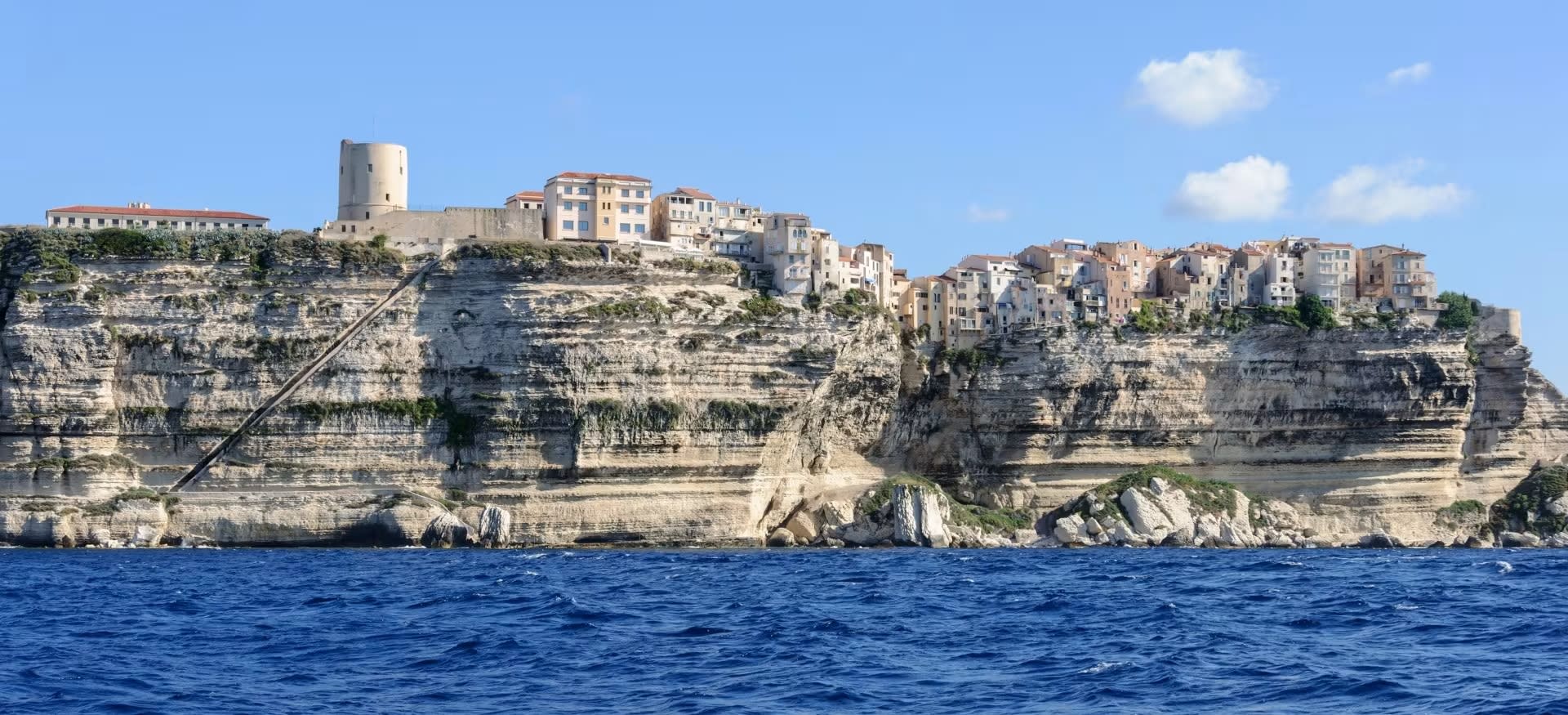
Bonifacio is a jewel in the crown of an eventful and fascinating history. It is one of those cities that can be visited on foot, but whose beauty and grandeur can only be contemplated from the Mediterranean Sea.
Bonifacio, a discovery by boat
Historically feared by sailors for its strong currents and shallow waters, the strait that separates Sardinia from the southernmost commune of mainland France bears the famous name of Bouches de Bonifacio... an exceptional place where the Mediterranean Sea meets the Tyrrhenian Sea. For lovers of biodiversity, this geographical particularity has given rise to an area that was established and protected by decree on 23 September 1999: the Bouches de Bonifacio nature reserve.
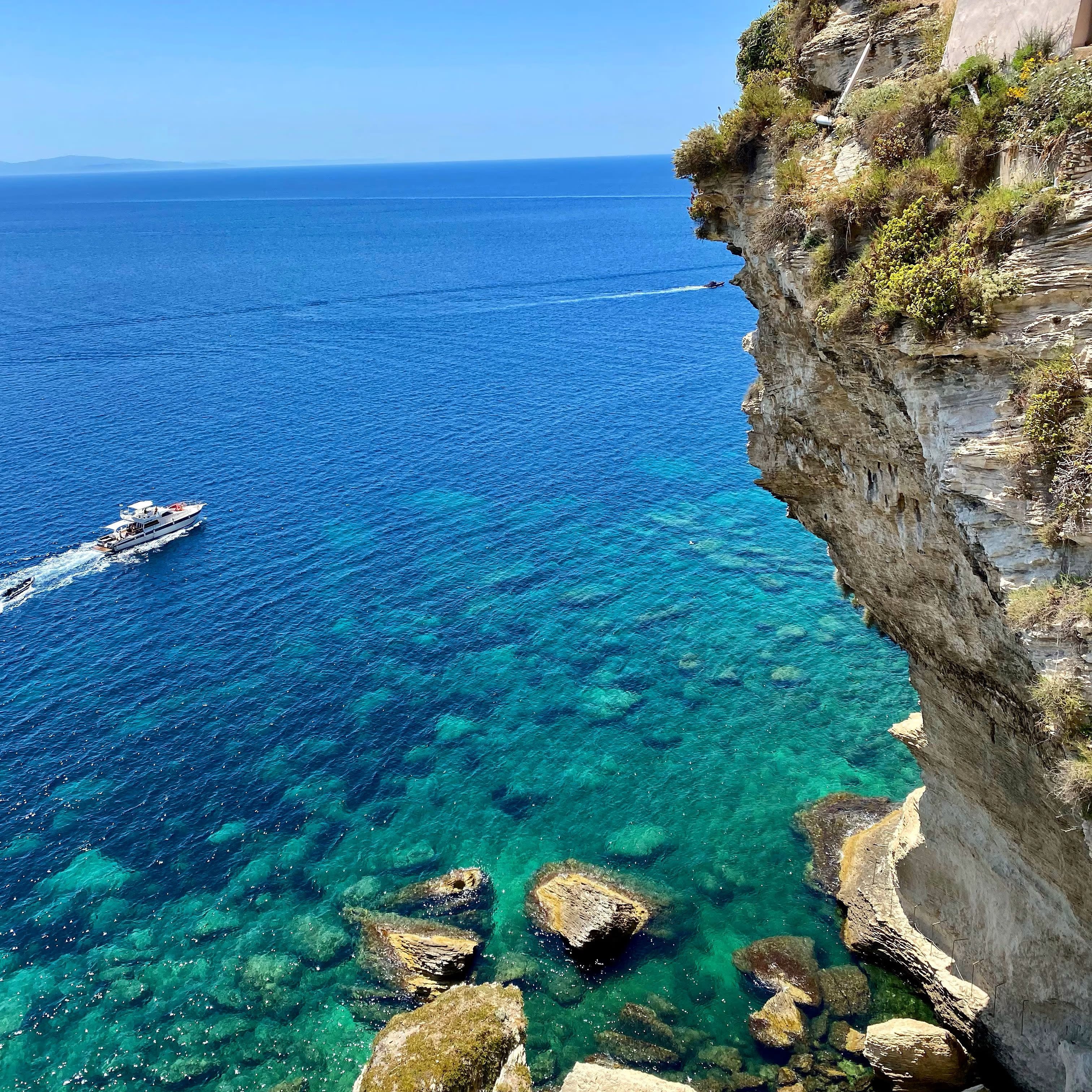
Rapidly becoming a must-see tourist destination in the far south of the island of Beauty, this protected and highly regulated territory is only accessible by sea, on catamaran or inflatable boat cruises.

Situated between Corsica and Sardinia, this coastal and maritime area is the largest nature reserve in mainland France, covering 80,000 hectares and containing 37% of the endemic species of the Mediterranean Sea! Its diverse territory includes the Lavezzi, Cerbicale, Bruzzi and Moines archipelagos. More than just beautiful islands and islets, these Mediterranean pearls are home to endemic fauna that are easy to spot, such as shearwaters, crested cormorants, groupers, tiliguerta lizards, great nacre and giant limpets, as well as rarer inhabitants such as bottlenose dolphins, basking sharks and fin whales. The Bouches de Bonifacio nature reserve is visited by almost 20,000 people every day (during the high season in August), and is a place of discovery, exchange and biodiversity that extends to the far south of the island of Beauty. So, to avoid overflowing while not omitting any idleness, the tourism professionals offer you complete sea outings... on the programme: visit of the islands and islets, explanation of the marine environment and discovery of the endemic and surprising flora, notably thanks to the possibility of snorkelling, within this privileged place.
The Lavezzi archipelago, a must-see in Bonifacio
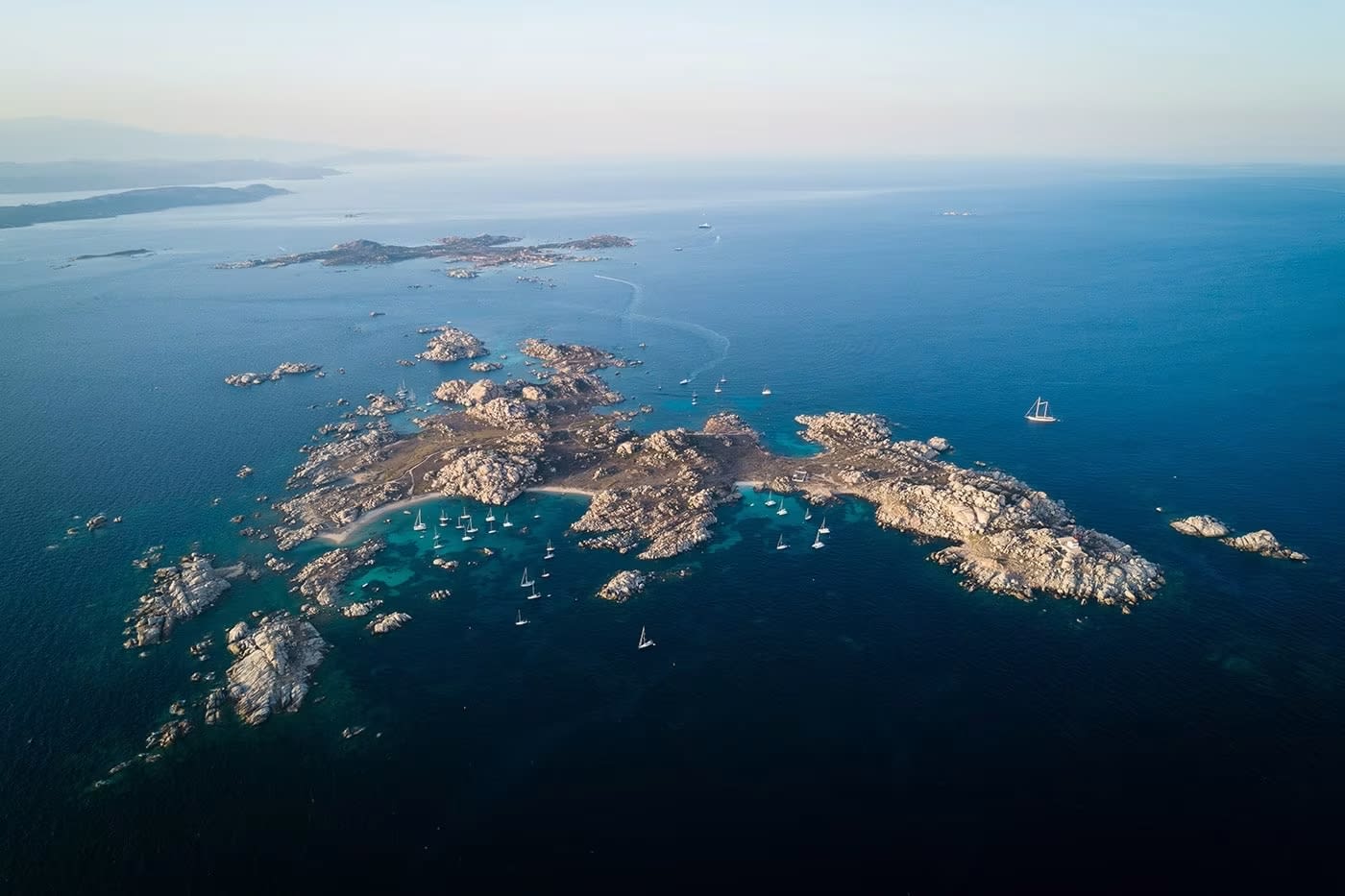
Situated 10km south-east of the town of Bonifacio, this archipelago can be reached in just 20 minutes by boat or, for the more motivated among you, by sea kayak. Covering an area of 200 hectares, the Lavezzi archipelago comprises 23 islands, islets and granite reefs, all surrounded by crystal-clear waters and heavenly views. However, for safety reasons and to preserve the site's biodiversity, only three islands are accessible for disembarkation: Piana, Lavezzo and the islet of La Sémillante. The last of these, historically famous for the sinking of the national frigate La Sémillante in 1855, now has two cemeteries erected in honour of these lost sailors.
Bonifacio, between sea caves and limestone cliffs
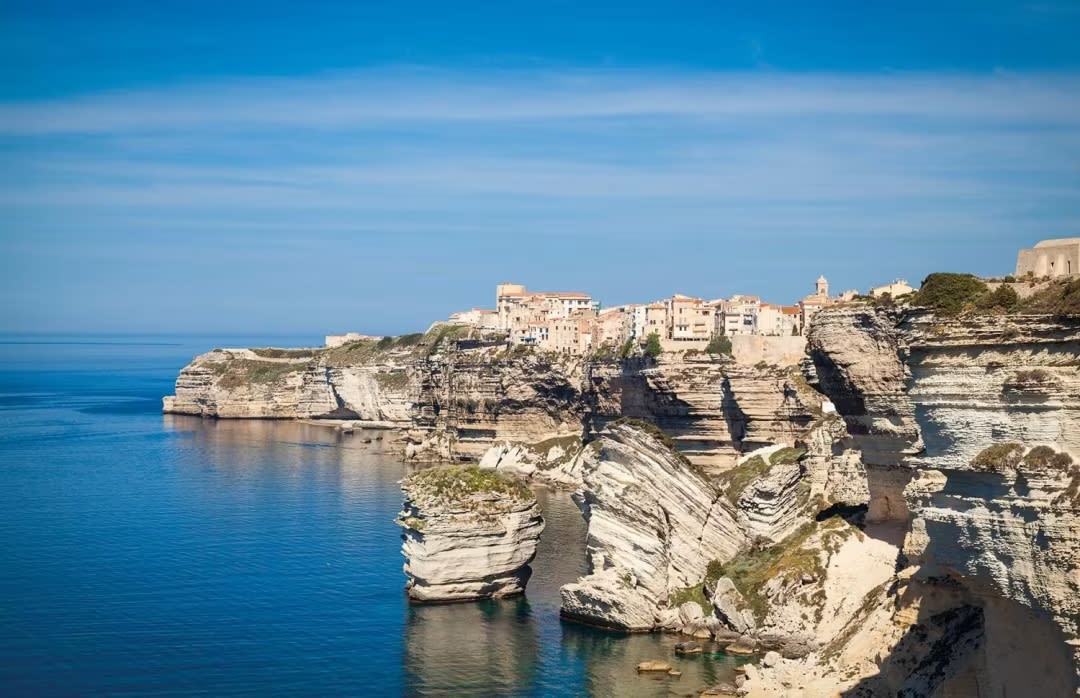
A truly postcard landscape, as impressive as it is majestic. Nearly 100 metres high in places, the white limestone cliffs of Bonifacio stand proudly facing the Mediterranean Sea. The result of a geological process that began millions of years ago, these cliffs were formed after braving erosion caused by water and wind. An undisputed symbol of the city of Bonifacio, these spectacular rock edifices can be admired from land, thanks to the footpath stretching from the citadel to the Pertusatu lighthouse (distance: 4.2km). However, the majesty of this strikingly white landscape hits you even harder when you choose toadmire itfrom the water.
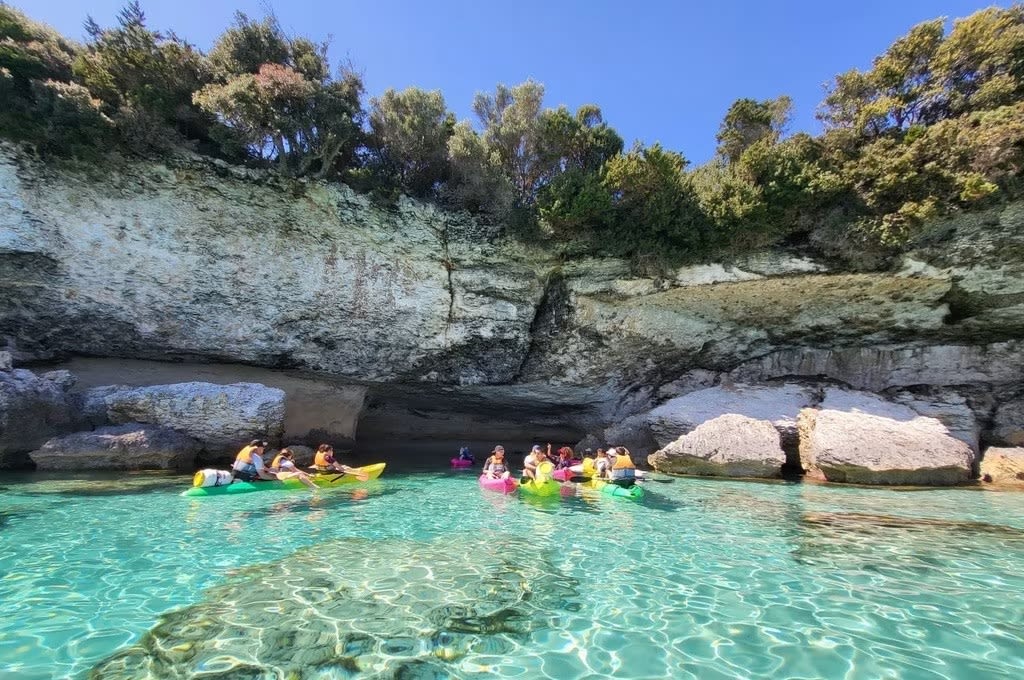
Finally, to complete your discovery of this magical place, the most unusual is yet to come. Departing from the picturesque port of Bonifacio or the beach at Piantarella, marvel at the genius of Mother Nature... from the deck of a ship or with the strength of your arms, on sea kayaks, penetrate the intimacy of the marine caves of the Isle of Beauty: timeless and perfectly atypical places.